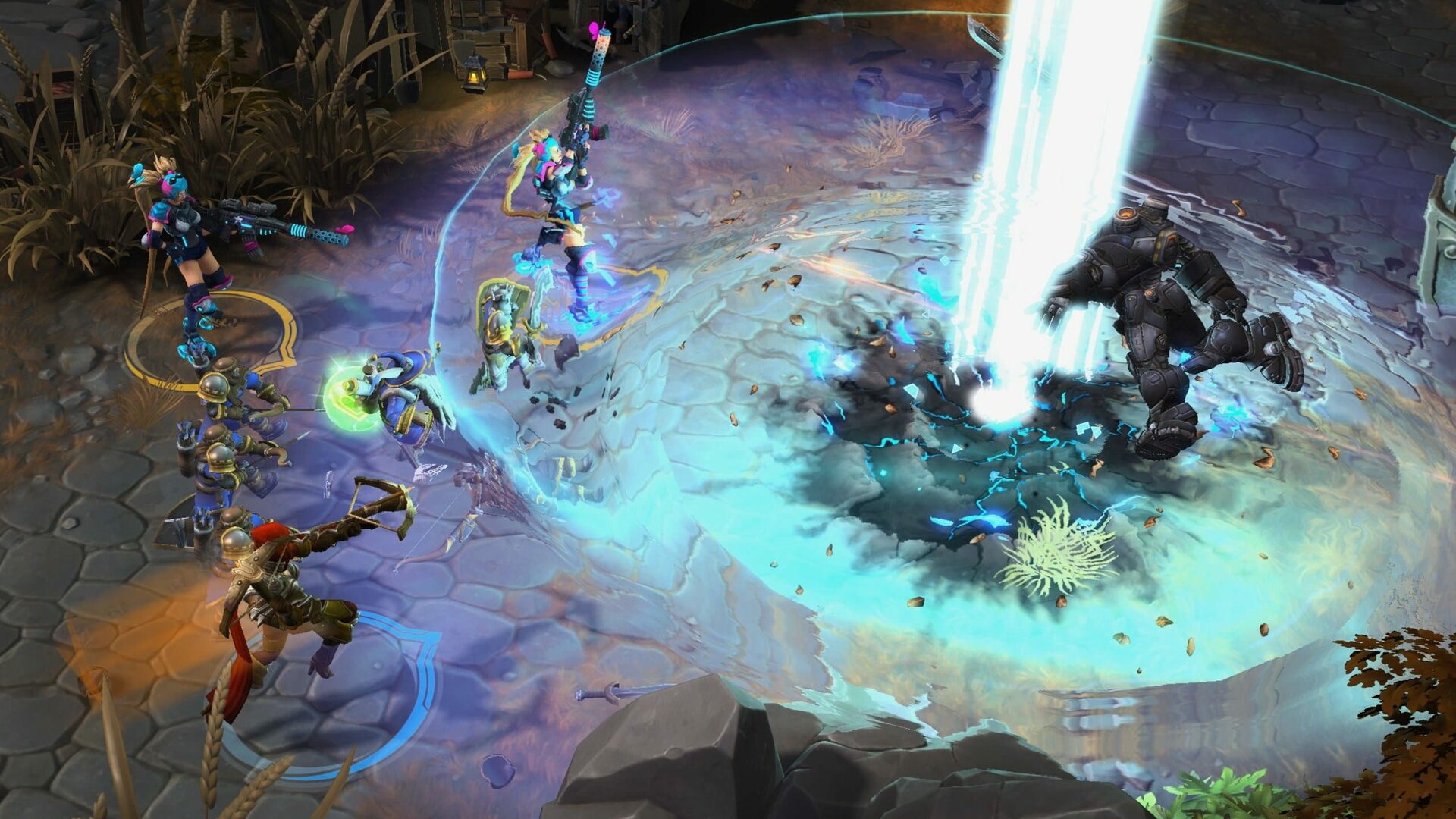
It bet heavily on being the MOBA for casual players while also trying to develop a competitive playerbase and an esports league of the sort that Blizzard games have been known for.
/cdn.vox-cdn.com/uploads/chorus_image/image/67321733/YvRTZvu.0.png)

That lack of esports success reveals the core tensions at the heart of HOTS, and the thing that probably doomed it: as a game, it was never able to remedy the difference between casual and competitive play. I watched most of it last year, and despite an increasingly high quality both of the production and the competitive matches ( this is amazing!), it usually hovered around 20,000-to-30,000 Twitch viewers, and I’m not sure, even in the biggest of matches, that it ever cracked 50,000. To be sure: the HGC was never especially popular. Moreover, while the letter promises new content, it specifically doesn’t mention new maps - the thing that has separated Heroes from its competitors.īut it’s the end of esports, with the canceling of the Heroes of the Storm Global Championship (HGC), that really indicates the Blizzard has surrendered to the market. First, when it says it’s changing the cadence of hero releases, it’s worth noting that it’s been six weeks since Heroes’ last new addition, Orphea, with nothing new on the horizon - that’s the longest it’s been between new hero releases since early in its beta. There are several clues in that direction in the open letter. The maudlin tone of the piece, even though it said the game was continuing development, made it fairly clear: Blizzard will support Heroes as it is for a while, but it’s halting its attempts to make it a hit.

Blizzard Entertainment’s announcement this week that it was ending Heroes esports entirely, shifting developers off the game, and “changing the cadence” of updates effectively stated that the game was shifting away from active development. GamesBeat Summit 2022 returns with its largest event for leaders in gaming on April 26-28th.


 0 kommentar(er)
0 kommentar(er)
